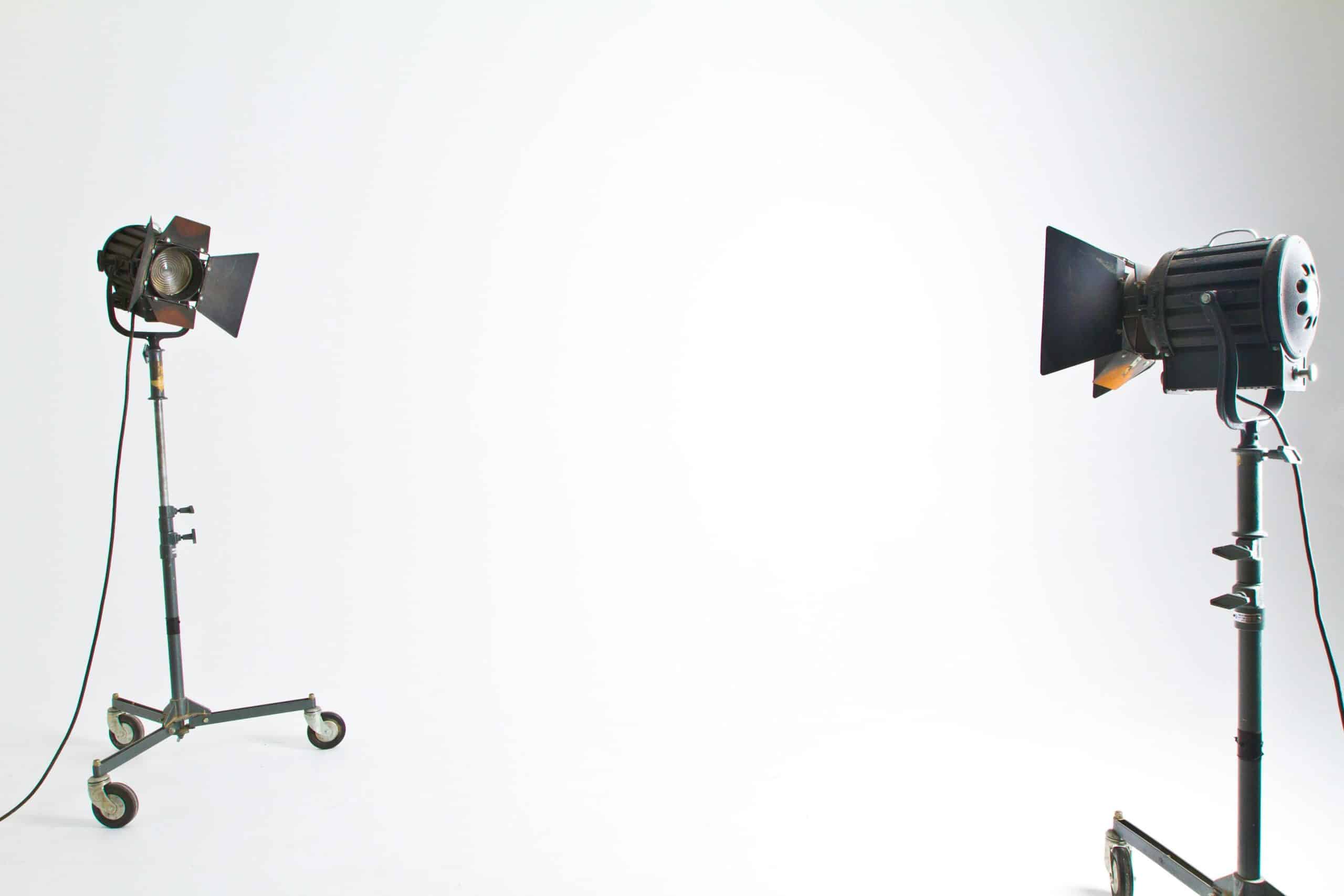What Are the Best Customizable Lighting Options for Home Art Studios?

Artists live and breathe by the light. The delicate balance of colors on a canvas, the intricate details of a sculpture, or even the subtle nuances of a photograph – all demand the best lighting conditions to truly come alive. Artists, whether seasoned professionals or beginners, understand the importance of well-lit working spaces for their art and craft. But what are the best customizable lighting options for home art studios? This question often remains unanswered, leaving artists puzzled with their lighting setups.
Understanding the Basics of Lighting for Art Studios
Before delving into the best customizable lighting solutions for your home art studio, it’s crucial to understand the basic requirements of studio lighting. Primarily, it’s about creating a space conducive to concentration and creativity, enhancing visual clarity, and accurately reproducing colors in your artwork.
A découvrir également : How Can You Create a Cozy Atmosphere in a High-Ceiling Living Room?
Natural daylight is often preferred by artists for its unrivaled color rendering ability. However, reliance on daylight can be tricky as it varies in intensity and color temperature throughout the day, and may not always be available in sufficient quantities in all studio spaces. Artificial lighting, with its controllable characteristics, steps in here to fill the gap.
Choosing the Right Type of Lighting
When it comes to artificial lighting, there is an exciting array of options available, each with its distinct advantages. The choice of lighting depends on several factors, like the type of art you create, your workspace’s size, and your personal preferences.
Sujet a lire : What’s the Most Efficient Way to Organize a Collection of Rare Coins or Medals?
LED lights have emerged as a popular choice for studio lighting due to their energy efficiency, longevity, and the wide range of color temperatures they can produce. LED lamps and bulbs are customizable to suit different lighting requirements and can mimic daylight’s brightness and color temperature.
Another popular choice is the strip lighting. These are LED lights arranged along a strip, providing uniform lighting and are particularly useful in large studios or for artists who work on large canvases.
Customizing Your Studio Lighting for Optimal Results
Once you’ve chosen the type of lighting, the next step is customization. The right blend of brightness, color temperature, and the direction of light can have a profound effect on your work.
Brightness is a critical factor. Too much brightness can cause glare and discomfort, while too little may strain your eyes. The best lighting setup will allow you to adjust the brightness according to your needs.
Matching the color temperature of your lights with that of your artwork is another important aspect. If your colors are cool, you may want a cooler light (higher Kelvin number) to match it. Warm colors may look better under warm light (lower Kelvin number). LED lights, with their wide range of color temperature options, are ideal for this purpose.
The direction of light is equally important. A combination of ambient, task, and accent lighting can create a flexible and creative ambiance. Ambient lighting illuminates the entire space, task lighting focuses on your work area, and accent lighting highlights your artwork.
Enhancing the Atmosphere with Artistic Lighting Elements
Lighting is not just about visibility; it also plays a pivotal role in setting the mood and atmosphere of your studio. The right lighting can inspire creativity, while the wrong one can hamper your artistic process.
Incorporating artistic elements in your lighting scheme can enhance the aesthetic appeal of your studio. This could be a beautifully designed lamp that serves as a focal point, or a subtle strip light that adds a soft glow to some part of your studio. A well-placed lamp or an artistically designed LED strip can transform the ambiance of your studio from a mere workspace to a haven of creativity.
The Role of Lighting Controls in Customization
Finally, to truly customize your studio lighting to your preferences, you will need to consider adding lighting controls to your setup. Dimmers, timers, and motion sensors can give you control over the intensity, duration, and activation of your lights.
Dimmers allow you to adjust the brightness of your lights with precision. This is especially useful in a studio setting, where the intensity of light can directly affect the look of your artwork.
Timers are great for maintaining a consistent lighting environment. By setting a timer, you can ensure your studio is lit exactly when you want it to be.
Motion sensors can be a convenient addition to your studio. They automatically switch the lights on when they detect movement, ensuring that you never have to work in a poorly lit studio.
In conclusion, customizing the lighting of your home art studio can greatly enhance both the practicality and the ambiance of your workspace. With a basic understanding of lighting requirements, an informed choice of the type of lights, and the use of artistic elements and lighting controls, you can create a vibrant, inspiring, and highly functional art studio in your own home.
Key Features to Consider for Customizable Studio Lighting
Understanding the intricacies of studio lighting is an art in itself. There are several key features to consider when customizing your studio lighting, each playing an important role in the final output of your artwork.
Firstly, color rendering is paramount. This is how accurately a light source illuminates the true colors of the objects it lights. Natural light is the best for color rendering, but when you need to use artificial lights, LED lights or Chromalux full spectrum bulbs are ideal. Both these options offer close to accurate color rendering, making them a favorite among artists.
Energy efficiency is another important factor to consider. As an artist, you might be working for long hours under your studio lights. Therefore, choosing an energy-efficient light source, like LED lights, can save you money on electricity bills in the long run.
Moreover, you might want to consider picture lights, especially if you are a painter. These lights are designed to highlight the textures and colors of your paintings, showcasing your artwork in the best possible light.
For a more tech-savvy solution, Philips Hue provides a range of smart lighting options that offer full control over the brightness, color temperature, and even color of your lights, all customizable through a phone app. These lights are perfect for creating different moods and setting the right atmosphere in your studio.
Lastly, a good floor lamp can be a worthy addition to your studio. They provide focused light, ideal for tasks requiring attention to detail and can be moved around easily to suit your needs.
The Importance of Making the Right Choices for Your Studio Lighting
To sum it all up, the lighting in your art studio is a significant factor that can greatly influence your creative process and the final outcome of your artwork. From the basics of understanding the role of light in your studio and choosing the right type of artificial light, to the finer details of customizing the brightness, color temperature, and direction of your lights, every aspect deserves careful consideration.
Incorporating artistic elements and advanced lighting controls into your studio lighting setup can help create an inspiring and productive work environment. While natural light is excellent for color rendering, it is not always reliable or sufficient. In such scenarios, artificial light sources like LED lights and light strips come to the rescue. They offer a broad spectrum of adjustable features, making them a versatile and efficient choice for studio lighting.
Making informed decisions about your studio lighting can ensure that your workspace is not only functional but also a space that inspires creativity and brings out the best in your artwork. From energy-efficient LED lights, Chromalux full spectrum bulbs for accurate color rendering, to picture lights and floor lamps for focused lighting, or even smart lighting options like Philips Hue – choosing the right lighting can transform your art studio into a sanctuary of creativity.
Remember, the key to achieving the perfect lighting for your art studio lies in customization according to your individual needs and preferences. After all, every artist is unique, and so should be their creative space.
